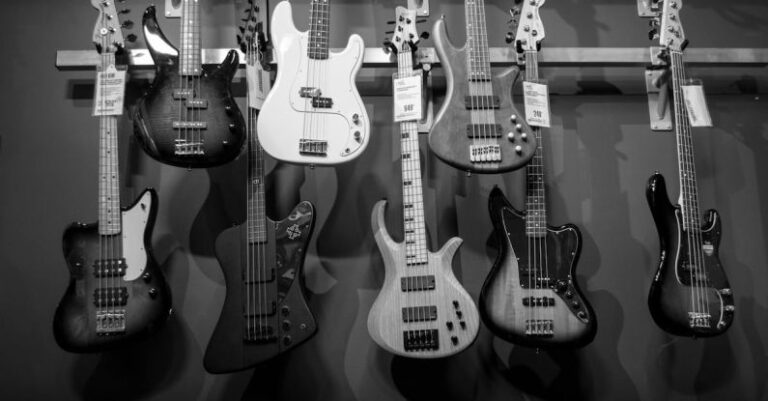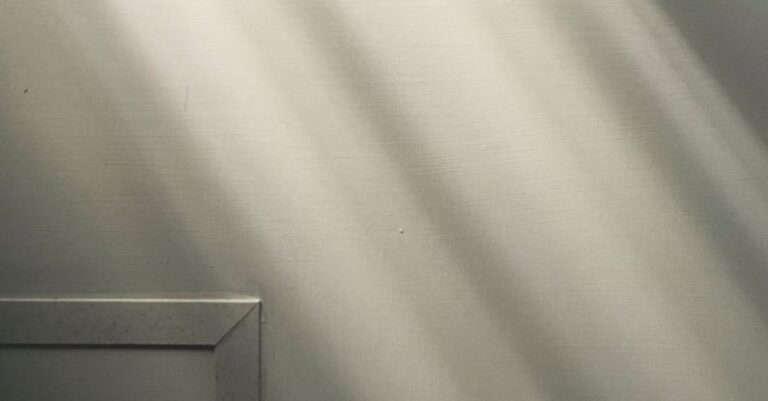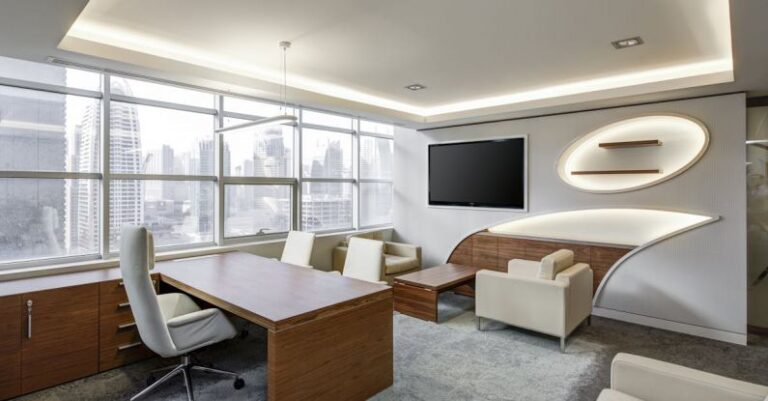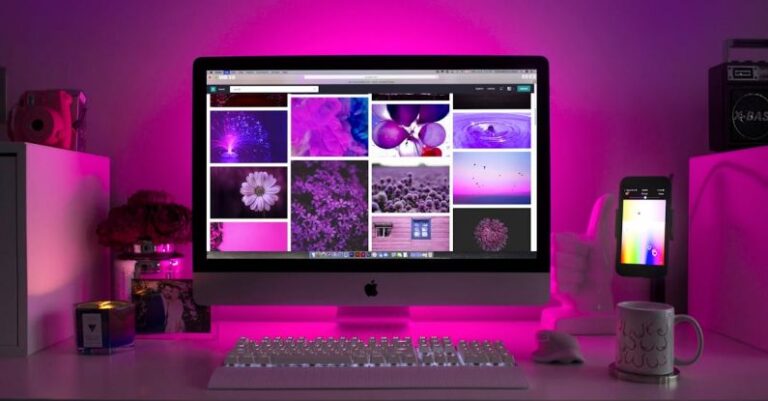
In the fast-paced world of business, the design of office spaces plays a crucial role in influencing employee productivity, collaboration, and overall well-being. Gone are the days of dull, uninspiring cubicles and closed-off offices. Modern office design places a strong emphasis on creating spaces that foster creativity, communication, and efficiency. With the rise of open floor plans, flexible workspaces, and biophilic elements, today’s offices are transforming into dynamic environments that cater to the needs of the modern workforce.
The open floor plan revolution
One of the key elements of modern office design is the shift towards open floor plans. This layout eliminates physical barriers between employees, encouraging collaboration and communication. Open spaces promote a sense of transparency and accessibility, allowing for easy interaction among team members. By removing the constraints of traditional cubicles, employees feel more connected to their colleagues and the overall company culture. Additionally, open floor plans can maximize natural light and create a sense of spaciousness, contributing to a more inviting and energizing work environment.
Flexible workspaces for a dynamic workforce
Another essential aspect of modern office design is the incorporation of flexible workspaces. With the rise of remote work and flexible schedules, employees are no longer tied to a fixed desk from 9 to 5. Flexible workspaces offer employees the freedom to choose where and how they work, whether it’s at a communal desk, in a cozy lounge area, or in a private meeting room. This adaptability not only accommodates diverse work styles but also promotes creativity and innovation. By providing a variety of work settings, modern offices empower employees to choose the environment that best suits their tasks and preferences, enhancing productivity and job satisfaction.
Biophilic design to bring nature indoors
Incorporating elements of nature into the office environment is a growing trend in modern office design known as biophilic design. Biophilic design seeks to reconnect people with the natural world by integrating natural materials, greenery, and natural light into the workspace. Research has shown that exposure to nature in the workplace can reduce stress, improve cognitive function, and boost overall well-being. Adding plants, living walls, and natural textures can create a calming and rejuvenating atmosphere, enhancing employee morale and productivity. By bringing nature indoors, modern offices can create a harmonious balance between the built environment and the natural world, fostering a more holistic and sustainable workplace.
Technology integration for seamless collaboration
In today’s digital age, technology plays a vital role in modern office design. From smart lighting and climate control systems to video conferencing and collaboration tools, integrating technology into the workspace is essential for enhancing communication and efficiency. Interactive displays, wireless charging stations, and cloud-based software solutions enable employees to connect and collaborate seamlessly, regardless of their physical location. By leveraging technology to streamline processes and facilitate teamwork, modern offices can stay ahead of the curve and adapt to the evolving needs of a digital workforce.
In conclusion: Creating a workspace for the future
In conclusion, the key elements of modern office design revolve around creating a workspace that is adaptable, collaborative, and inspiring. From open floor plans and flexible workspaces to biophilic design and technology integration, today’s offices are evolving to meet the needs of a dynamic workforce. By prioritizing employee well-being, creativity, and connectivity, modern office design is shaping the future of work environments. As businesses continue to embrace innovation and flexibility, the design of office spaces will play a crucial role in driving productivity, engagement, and success in the modern workplace.





